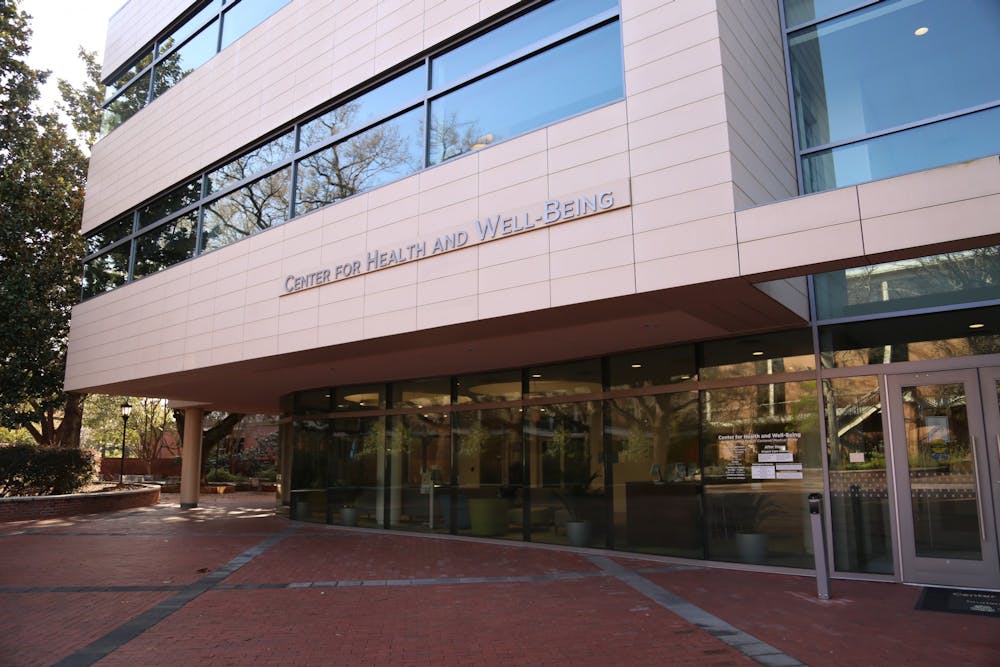Executive director of Student Health Services Deborah Beck revealed the university’s matrix of COVID-19 contingency plans and alert levels in a town hall on Tuesday addressing faculty and staff. While some contingencies have more influence than others in decision making, Beck said it is a combination of all of them that will determine whether the university must move online.
The matrix is organized into 11 contingency plans with three alert levels, including the first level indicating that mitigation measures are working well, a second level indicating a need to reevaluate mitigation and possibly make changes and a third level indicating more mitigation is needed. Decisions will be made as contingencies move through alert levels.
Among the contingencies are testing capacity; wastewater monitoring on campus; contact tracing, isolation and quarantine; case count and analysis among faculty, staff and students; health care capacity and severity of illness on campus; the impact of campus operations; community health care capacity and severity of illness; students’ public health practice and social activity; case count and analysis off campus; and impact on community operations.
“We’re going to be looking at this to make sure that our mitigation strategies are working, and if we find that there may be areas that it’s not, then we can immediately put things into play so we can counteract the spread,” Beck said.
Beck also revealed updates to the university’s electronic health record. Contact tracing information will be available online to track areas of campus that may have been exposed to COVID. Clearance status for students who have been isolated or quarantined due to exposure will also be available on the record. Upon request, faculty and staff will be able to check whether their students are cleared to return to class.
For in-person classes in the fall, classrooms will allow for desks to be spaced as close as four feet apart in the fall, a departure from the popularly discussed six-foot distance.
“The research and the evidence fully supports that a 3-foot distance, including, on top of that, wearing a mask, should be sufficient,” said Melissa Nolan, an assistant epidemiology and biostatistics professor and a member of the Future Planning Group's risk management and public health safety committee.
Vice Provost Sandra Kelly said the 4-foot distance in classrooms was decided upon in order to provide room for error and also to accommodate larger classes. If a faculty member is adamant about maintaining 6 feet of distance, Kelly said they will look to find a room for them “to the extent that it’s able.”
According to Beck, faculty will be provided a diagram that will depict who in a classroom would need to self-isolate should a student test positive based on where they were positioned relative to everybody else.
There are currently 15 active COVID cases among “UofSC members.” In total, there have been 345 positive or presumptive positive cases. None have required hospitalization.
Kelly also said faculty and staff may need to conduct meetings with students online rather than face-to-face depending on the space available to them. This includes meetings such as office hours and advising appointments. Those with larger offices or conference rooms available to them may be able to conduct them in person whereas those with smaller offices would have to switch online. Some alternatives, such as outdoor meetings, are also options.
“Really people have to know what the basic public health guidelines are and look at their own space and choose how they’re going to do it,” Kelly said.

